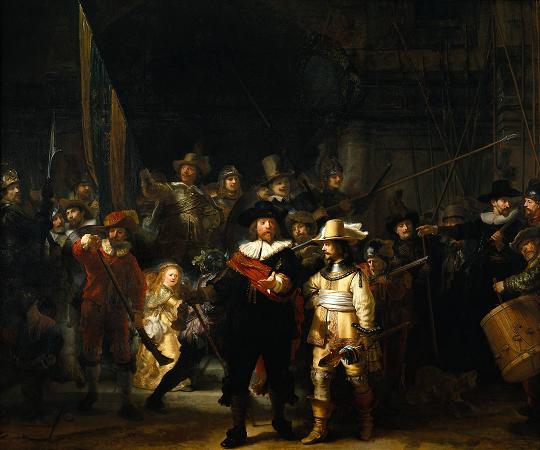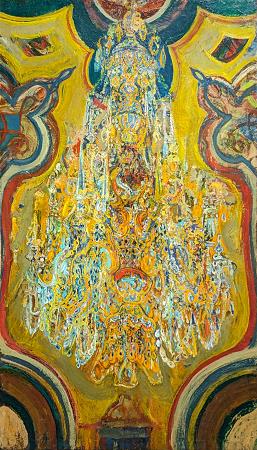Hyman Bloom (1913 - 2009). Hyman Bloom was a Latvian-born American painter known for his vivid, emotionally charged works that explore themes of mortality, spirituality, and the human body. He often focused on subjects like mystical visions, autopsies, and decaying corpses. Bloom’s work combines elements of realism and abstraction, using rich color and texture to evoke beauty and decay simultaneously. Notable examples of Bloom's paintings include Cry (Boston, Museum of Fine Arts) depicting a nude male figure kneeling with his hands outstretched, as if in prayer or supplication; and Female Corpse, Back View (also Boston, Museum of Fine Arts), which exemplifies his fascination with decay through intricate, almost abstract compositions of visceral textures and colors. His work was influenced by his Jewish heritage and Eastern religions as well as by artists including Altdorfer, Grunewald, Caravaggio, Rembrandt, Blake, Bresdin, Ensor and Soutine. He first came to prominence when his work was included in the 1942 Museum of Modern Art exhibition Americans 1942 - 18 Artists from 9 States. MoMA purchased 2 paintings from the exhibition and Time magazine singled him out as a striking discovery in their exhibition review. His work was selected for both the 1948 and 1950 Venice Biennale exhibitions and his 1954 retrospective traveled from Boston's Institute of Contemporary Art to the Albright Gallery and the de Young Museum before closing out at The Whitney Museum of American Art in 1955. In a 1954 interview with Yale art professor Bernard Chaet, Willem de Kooning indicated that he and Jackson Pollock both considered Bloom to be America's first abstract expressionist, a label that Bloom would disavow. Starting in the mid 1950s his work began to shift more towards works on paper and he exclusively focused on drawing throughout the 1960s, returning to painting in 1971. He continued both drawing and painting until his death in 2009 at the age of 96. He was one of six children born to Joseph and Anna Melamed. His father was a leather worker. Hyman, along with his parents and older brother, Bernard, emigrated to the United States in 1920, joining his two eldest brothers, Samuel and Morris, in Boston. By that time the two brothers had changed their family name to Bloom and started their own leather business. The extended family lived in a three-room tenement apartment in Boston's West End. At a young age Bloom planned to become a rabbi, but his family could not find a suitable teacher. In the eighth grade he received a scholarship to a program for gifted high school students at the Museum of Fine Arts. He attended the Boston High School of Commerce, which was near the museum.
more...











